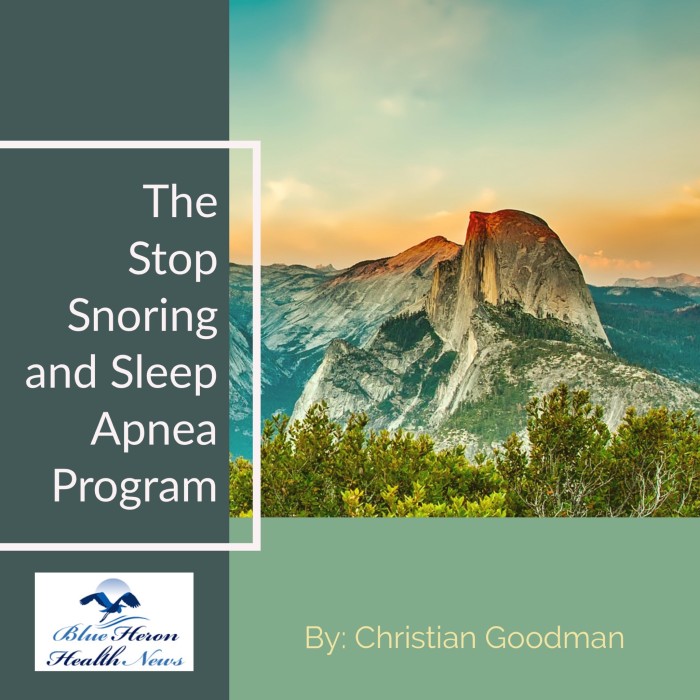How is snoring diagnosed in Australia?
Diagnosis of Snoring in Australia
Diagnosing snoring involves a comprehensive approach that includes medical history, physical examinations, and various diagnostic tests. In Australia, healthcare providers follow systematic procedures to identify the underlying causes of snoring and determine the most appropriate treatment.
1. Initial Assessment
1.1 Medical History and Questionnaire The diagnosis begins with a detailed medical history and the use of questionnaires to assess the severity and impact of snoring. Common tools include:
- Epworth Sleepiness Scale: Evaluates daytime sleepiness to identify potential sleep disorders.
- Berlin Questionnaire: Assesses the risk of obstructive sleep apnea (OSA) based on snoring patterns, daytime fatigue, and other risk factors.
1.2 Patient Interview During the interview, the healthcare provider will ask about:
- Frequency and Intensity of Snoring: How often and how loud the snoring occurs.
- Sleep Patterns: Sleep duration, quality, and disruptions.
- Associated Symptoms: Presence of choking, gasping, or breathing pauses during sleep.
- Lifestyle Factors: Alcohol consumption, smoking, and physical activity levels.
2. Physical Examination
2.1 Nasal Examination The doctor examines the nasal passages for obstructions, such as a deviated septum, polyps, or congestion caused by allergies or infections.
2.2 Oral Examination Inspection of the mouth and throat to check for:
- Enlarged Tonsils or Adenoids: Common in children and some adults.
- Size of the Uvula and Soft Palate: A long or floppy uvula and soft palate can contribute to snoring.
- Jaw and Tongue Position: Assessing for conditions like retrognathia (receding jaw) that may cause airway obstruction.
2.3 Neck and Body Measurements Measurements such as neck circumference and body mass index (BMI) to assess the risk factors like obesity, which is closely linked to snoring and sleep apnea.
3. Diagnostic Tests
3.1 Sleep Study (Polysomnography) A sleep study is the most comprehensive test for diagnosing snoring and related conditions like OSA. It can be conducted in a sleep lab or at home and includes:
- Electroencephalogram (EEG): Measures brain activity.
- Electrooculogram (EOG): Tracks eye movements.
- Electromyogram (EMG): Monitors muscle activity.
- Electrocardiogram (ECG): Records heart rate and rhythm.
- Pulse Oximetry: Measures blood oxygen levels.
- Respiratory Sensors: Detect breathing patterns and airflow.
- Video Monitoring: To observe body movements and sleep positions.
3.2 Home Sleep Apnea Testing (HSAT) A more convenient and less expensive option, HSAT involves using portable devices to monitor breathing, heart rate, oxygen levels, and snoring sounds. It is suitable for patients with a high pre-test probability of OSA.
3.3 Imaging Studies Imaging techniques, such as X-rays, CT scans, or MRIs, may be used to evaluate the anatomy of the airway and identify any structural abnormalities contributing to snoring.
4. Specialist Consultations
4.1 Referral to a Sleep Specialist If initial assessments indicate a potential sleep disorder, patients may be referred to a sleep specialist for further evaluation and management.
4.2 Otolaryngologist (ENT Specialist) For cases involving anatomical issues like nasal obstructions, enlarged tonsils, or deviated septum, a consultation with an ENT specialist may be necessary.
5. Evaluation and Diagnosis
5.1 Analysis of Data The data collected from medical history, physical examinations, and diagnostic tests are analyzed to identify the specific causes of snoring and any associated conditions, such as OSA.
5.2 Diagnosis Based on the analysis, the healthcare provider will diagnose the type of snoring and its severity. If OSA or another sleep disorder is detected, a comprehensive treatment plan will be developed.
6. Personalized Treatment Plan
6.1 Lifestyle Modifications Recommendations for changes in lifestyle, such as weight loss, reducing alcohol consumption, quitting smoking, and improving sleep hygiene.
6.2 Medical Devices Prescription of devices like continuous positive airway pressure (CPAP) machines for OSA, oral appliances to reposition the jaw and tongue, and nasal strips to improve airflow.
6.3 Surgical Options For severe cases, surgical interventions may be considered, such as uvulopalatopharyngoplasty (UPPP), laser-assisted uvulopalatoplasty (LAUP), or radiofrequency ablation (RFA) to remove or shrink tissues causing airway obstruction.
6.4 Follow-Up Regular follow-up appointments to monitor the effectiveness of treatments and make adjustments as needed.
Conclusion
Diagnosing snoring in Australia involves a comprehensive approach that includes detailed medical history, physical examinations, diagnostic tests, and specialist consultations. This thorough process ensures that the underlying causes of snoring are accurately identified and treated, improving sleep quality and overall health for affected individuals. By addressing the specific needs of each patient, healthcare providers can offer personalized treatment plans that effectively reduce or eliminate snoring and its associated risks.

The Stop Snoring And Sleep Apnea Program™ By Christian Goodman The Stop Snoring and Sleep Apnea Program is a well-researched program created to help stop snoring and sleep apnea so that you can have a good night sleep. The techniques that you will learn from this program works immediately. It will only take you 3-7 minutes to perform these simple exercises that the author has recommended but the results that you will get will help you have a good night sleep as soon as tonight. Within a week, snoring will be a thing of the past.
